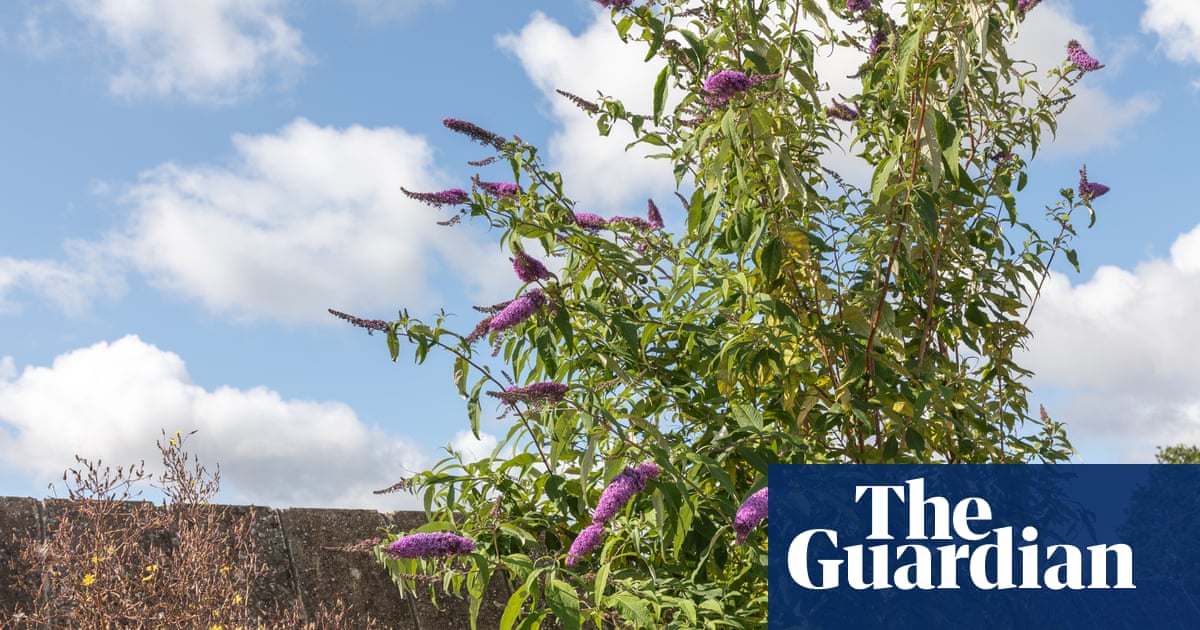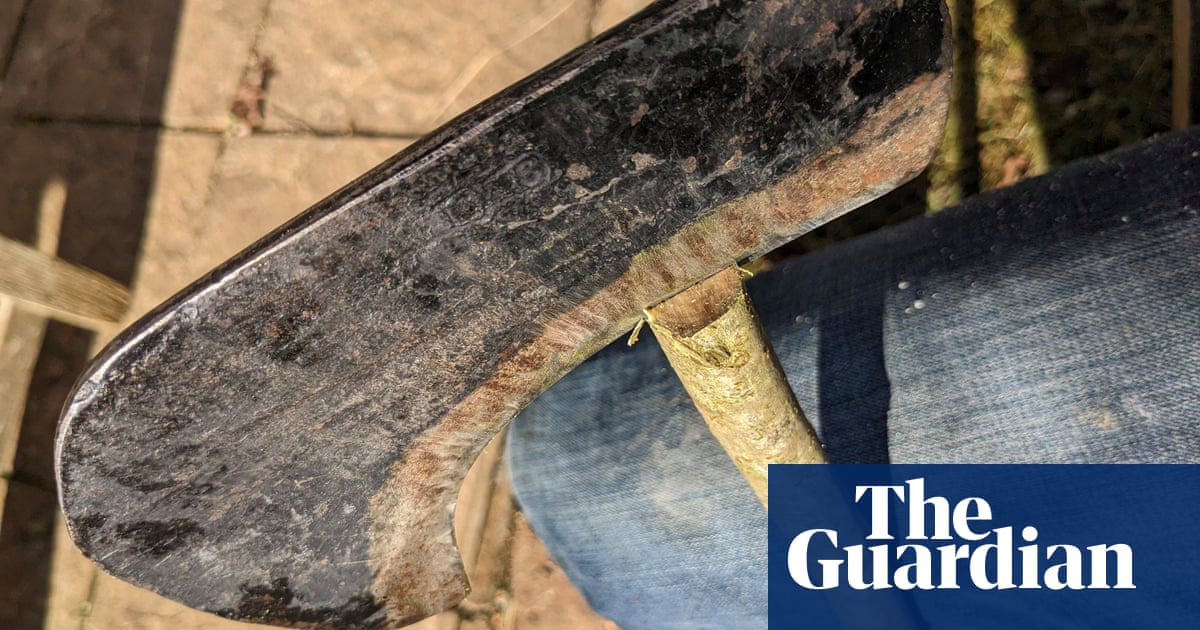
This year’s particularly lavish and long-lasting blooms of former commercial narcissi – perhaps the bulbs having benefited from the cool damp weather of last August – draw attention from other floral indicators of advancing spring.
On sheltered banks along narrow lanes, primrose, violet, uncurling ferns and stitchwort already merge between bluebells, while dandelion, nettle, dock and clinging strands of goosegrass dominate the tractor-rutted verges and hedge footings. Beside the stony track from Barrett’s Mill and the old silver mining area in Fullaford Road, primroses grow on long stems among rabbit-scuffed earth, all overblown by chilling winds and the savoury smell from Callington’s pasty factory.
Further south, around warmer Burraton, celery-flavoured alexanders, with its yellow/green umbels, proliferates beside the minor road; an unsurfaced lane leads downhill past small grassy fields scattered with rogue daffodils – survivors from the days of market gardening. This enclave used to be a hub of productivity, intensively cultivated by tenants of the Cotehele estate, growing fruit, vegetables and flowers. The 1840 tithe map shows cherry gardens, a nursery, strawberry plots and a willow garden (probably for making baskets and punnets), and narcissi and strawberries were regularly picked for sale until the end of the 20th century.
Across the little stream from Smeaton Farm, on steep north-facing, cattle-tracked pasture, neglected linear plots of daffodils – pale petalled and orange cupped – still flower every year; trees recently planted by the National Trust are guarded against rabbits and further protected from summer-grazing bullocks by substantial wooden fencing.
The primrose path towards this ground is signed as one of the parish’s heritage trails, picturesque between high banks of cut back woody growth, entwined in tendrils of honeysuckle among early cherry blossom. Faded pheasant’s-eye narcissi tangle among brambles on the hedge-tops, and naturalise in the bluebell wood around Quarry Cottage.
Best of all is a bank of full-out “butter and eggs”. This narcissus, dating from the 1700s, was once valued for its fragrance and magnificent double flowers, but was discarded in favour of the more “modern” varieties suited to picking in bud. How unusual, and how wonderful, to see a patch of them here, thriving in such abundance.












